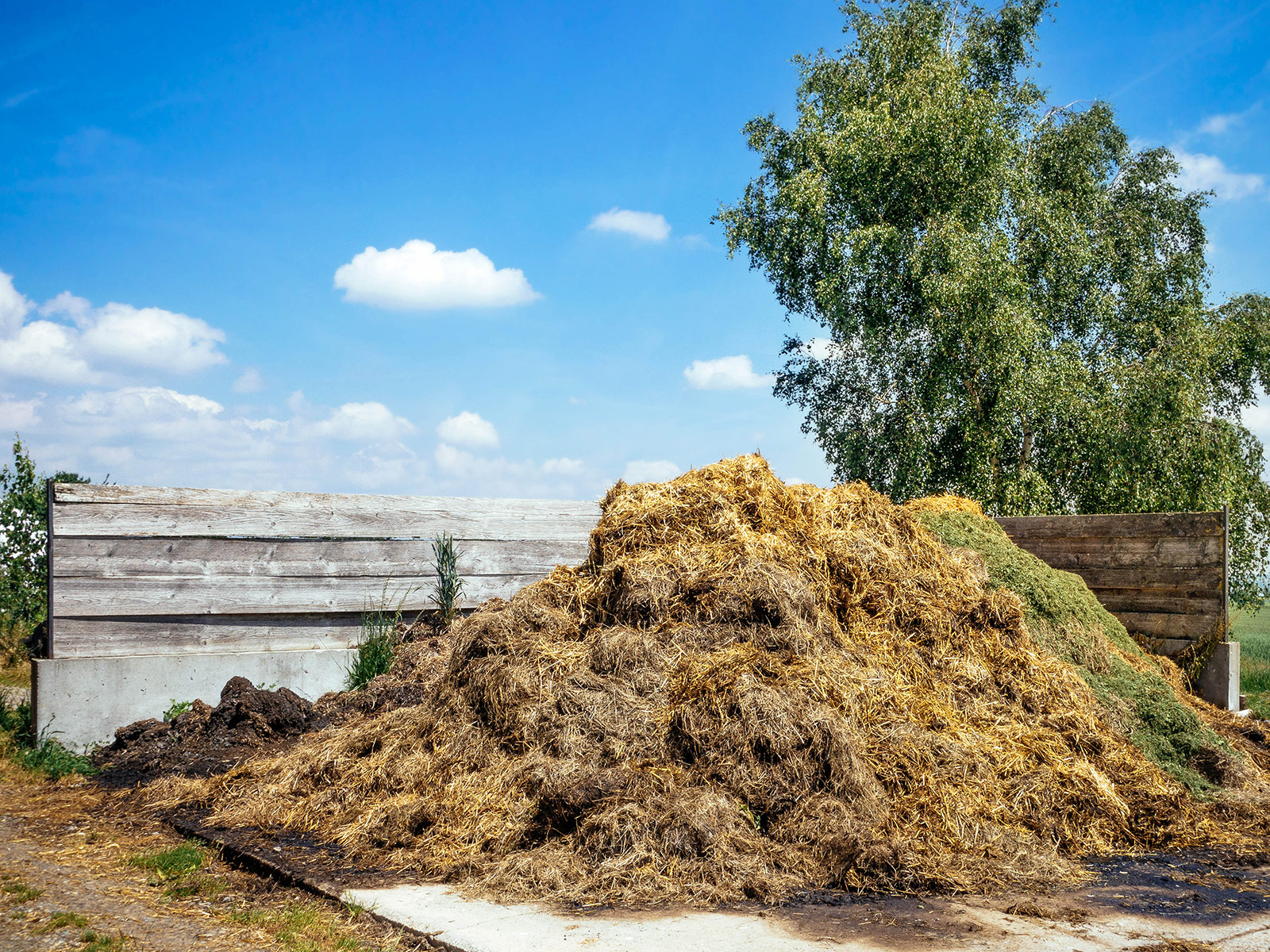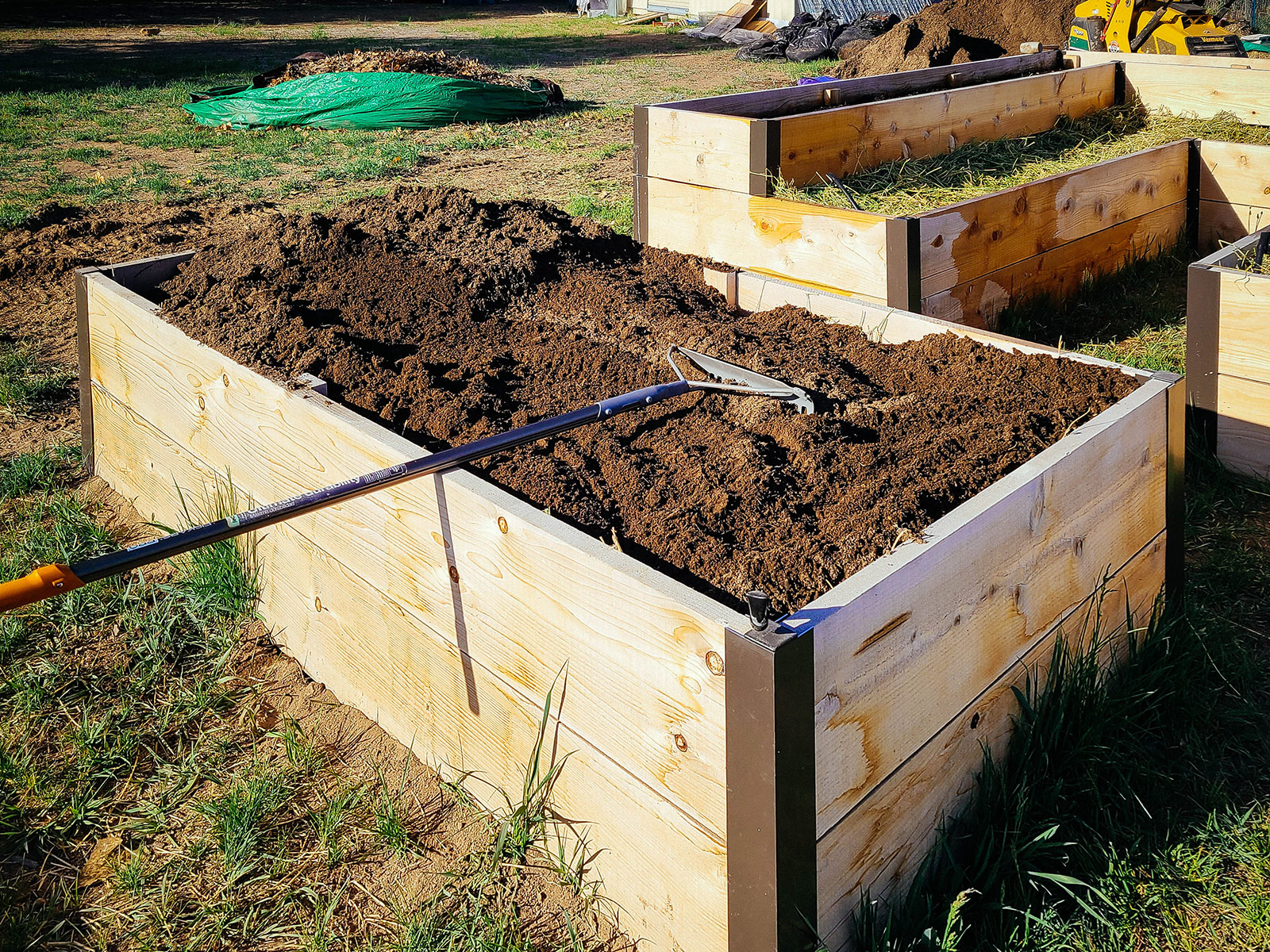What happens when you have too much of a good thing?
You already know that nitrogen is essential for lush green growth; without it, your plants may end up stunted and weak, with yellowing leaves and overall poor health.
Too much nitrogen, on the other hand, leads to an explosion of foliar growth—at the expense of flower formation, fruit set, and root development (which also leads to weakened plants).
Sounds tricky, right? If you’re trying to diagnose a plant problem, what you might assume is a lack of nutrients may actually be too much!
How does this happen?
If you have a garden (particularly a vegetable garden), you probably prepare your soil every season with cover crops, compost, manure, or fertilizer. Some of these soil amendments, however, can be excessively high in nitrogen.
One common example is livestock manure that hasn’t fully composted; another is using an organic fertilizer like blood meal, which has an NPK ratio of 12-0-0 (making it very concentrated in nitrogen).
If you are fertilizing year after year in addition to mulching and letting plants decompose naturally, you could inadvertently be creating a problem (especially if you tend to fertilize when you think a struggling plant needs a nutrient boost—but as I explained in this post on how not to fertilize your garden, fertilizer can actually make things worse for an unhealthy plant).

How to remove excess nitrogen
Adding nitrogen to soil is easy; taking it back out is a little trickier, but doable!
Plant a heavy feeder
One of the easier ways to remove excess nitrogen is to bind the nitrogen in the soil to something else. As a vegetable gardener, you already grow many things that bind nitrogen (plants!) but some plants use up a lot more nitrogen than others.
Known as “heavy feeders,” these plants need nitrogen-heavy soil to mature quickly: all brassicas (such as cabbage, kale, broccoli, cauliflower, and Brussels sprouts), spinach, tomatoes, eggplants, cucumbers, summer and winter squash, melons, and corn. Sunflowers are also heavy feeders, especially the cultivars that shoot to massive heights.
Keep in mind that while these plants will grow, they might look sickly or fail to produce many flowers or fruits. You’re growing them not for food in this case, but as sponges to take up the excess nitrogen in the soil.
Plant a scavenger cover crop
If you’re reading this in fall, here’s another easy way to remove excess nitrogen in the soil while allowing you to save it for later: plant a scavenger cover crop.
A scavenger acts like a trap crop of sorts: it captures residual nitrogen in the soil and stores it in the plant. If you grow it over winter and incorporate the cover crop in spring (by cutting it down and letting the roots and foliage decompose naturally in the bed), the nitrogen will be returned to the soil but at a much slower rate.
Common scavenger cover crops include grasses (such as annual ryegrass and winter rye), winter oats, and winter barley. You plant them in fall, let them overwinter, and cut them down in spring.
Daikon radishes (sometimes called forage radishes, tillage radishes, or simply, cover crop radishes) are also scavenger cover crops, but they break down quickly so they release nitrogen soon after they die back (which may not be what you want).
Disclosure: If you shop from my article or make a purchase through one of my links, I may receive commissions on some of the products I recommend.
Where to buy
Scavenger cover crop seeds
Bring in new soil
Depending on the size of your space, this may be an option: bringing in new soil from an outside source. By mixing it into your existing soil, you can try to dilute the amount of nitrogen in it.
This works best if you’re already planning to add more planters or raised beds; you could replace half the soil and use the “old” soil to fill your new beds (while saving some money!).
Let it sit
If all the above sounds like more work than you’d care to do, the easiest option may be to just let the soil sit. Add a few inches of organic mulch to protect the soil and leave it alone for a season.
Nitrogen levels change quickly day to day, and is easily lost to irrigation or rainfall over time. By letting the soil rest, things will naturally return to balance.
















and definitely do a soil test! my garden exhibits these symptoms and is was excessively high in phosphorus.